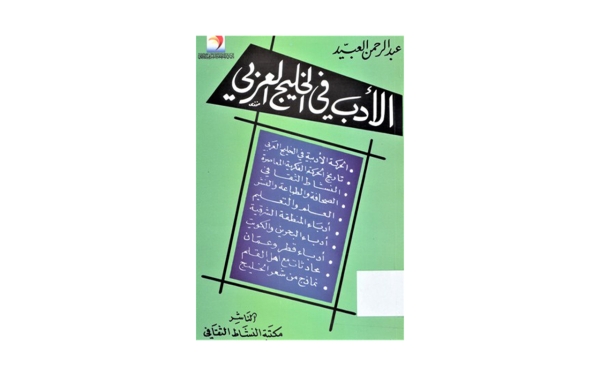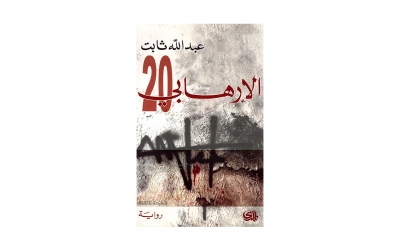

Al-Adab fi al-Khalij al-Arabi (Literature in the Arabian Gulf) is a book by Abdulrahman Bin Abdulkarim al-Obaid. It was first published in Damascus in 1957 and later had a second edition in 2011. The book addresses the beginnings of literature in the Arabian Gulf, offering biographies of literary figures from the region who shaped the concept of literature during that period. It is divided into four sections.
Among the authors profiled by the writer are Abdulkarim al-Juhayman, Khalid al-Faraj, Saad al-Bawardi, Abdulhamid al-Khatti, Abdulrahman al-Mansour, Abdullah al-Khunayzi, Abbas Khuzam, Mohammed Saeed al-Muslim, Ahmad al-Rashed al-Mubarak, Youssef al-Qinai, Abdullah Shabbat, Abdulaziz al-Rashid, Ahmad Meshari al-Adwani, Fahd al-Askar, Ahmad Mohammad al-Khalifah, and Abdulrahman al-Muawdah.
Insights from Literature in the Arabian Gulf Book
Literature in the Arabian Gulf Book provides concise definitions, dedicating no more than half a page to each writer. The author explained in the book's introduction that his primary goal was to introduce these literary figures rather than conduct an in-depth study. The book is considered one of the early publications in this field, preceded by Abdullah Abduljabbar's"at-Tayyarat al-Adabiyyah" (Literary Trends) and Abdullah Bin Idris's "Shoaara' Najd al-Muaaseron" (Contemporary Poets of Najd).
Abdulrahman al-Obaid divided his book into four sections. The first section addresses the literary movement in the Arabian Gulf during earlier periods and examines the factors contributing to the rise of modern literature. In the second section, the author briefly introduces around sixty writers from the Arabian Gulf, half from the Kingdom of Saudi Arabia and the other half from Kuwait, Bahrain, Qatar, and Oman. The third section is dedicated to an interview with Saad al-Bawardi and a literary letter by Ahmad al-Rashed al-Mubarak. Finally, the fourth section includes approximately twenty poetic samples.
Related quizzes
Related articles

